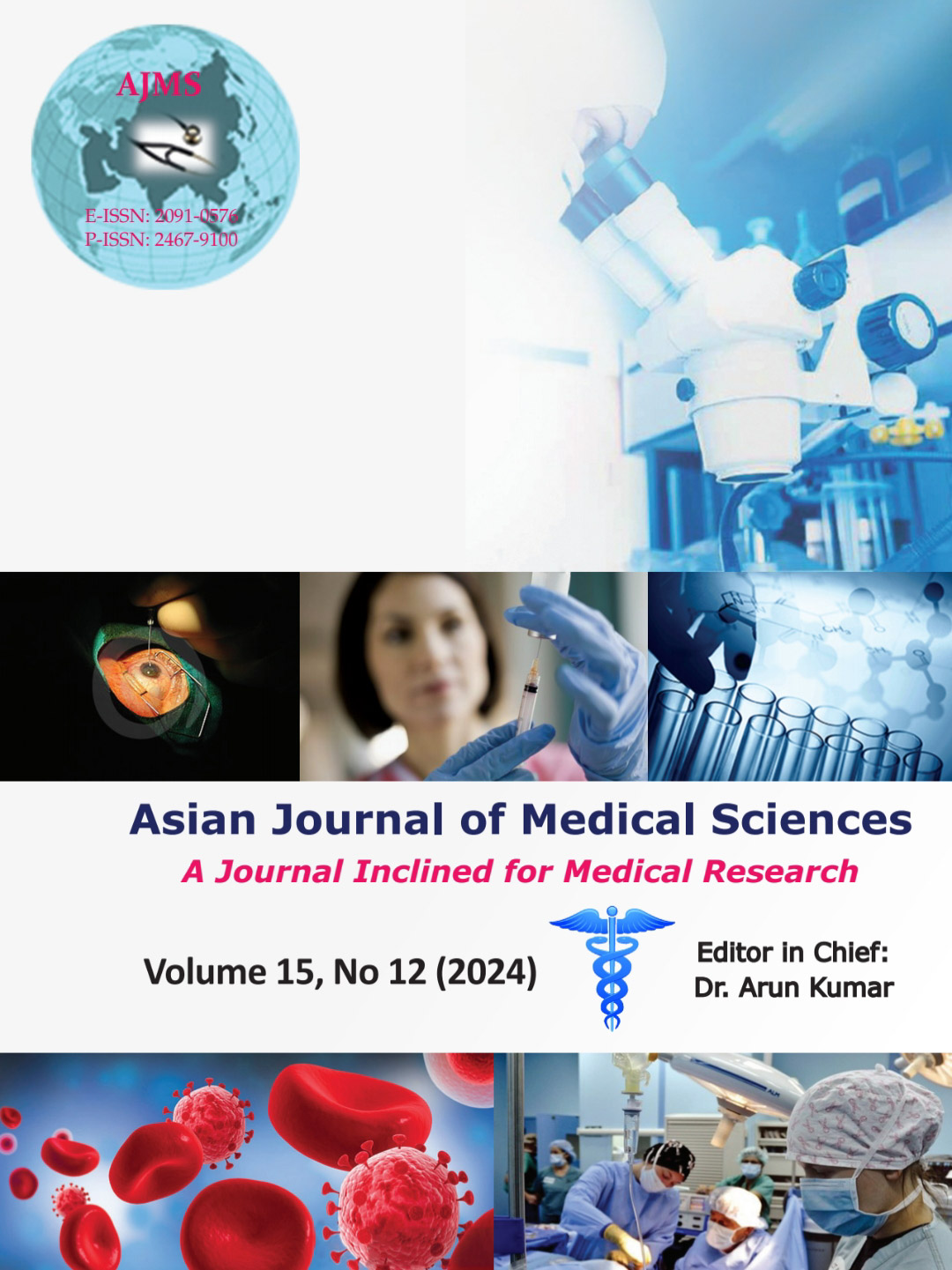Intraperitoneal Bupivacaine 0.25% versus intravenous Diclofenac on post-operative analgesia in the cesarean section under spinal anesthesia: A prospective randomized comparative study in a tertiary care hospital of India
Keywords:
Cesarean section; Post-operative pain; Bupivacaine; Local analgesia; Pain measurementAbstract
Background: Cesarean section (CS) is a common surgical procedure, often accompanied by significant post-operative pain, which can hinder recovery, bonding with the baby, and breastfeeding. Effective pain management is crucial to prevent complications such as chronic pain and depression. Intraperitoneal (IP) instillation of local anesthetics, such as Bupivacaine has shown promise in providing analgesia, while intravenous (IV) Diclofenac is a common alternative.
Aims and Objectives: This study aimed to compare the post-operative analgesic efficacy of IP Bupivacaine with IV Diclofenac in parturients undergoing lower segment CS (LSCS).
Materials and Methods: A randomized, double-blind, prospective study was conducted in Deen Dayal Upadhyay Hospital, New Delhi, with 60 patients divided into two groups: Group B received IP Bupivacaine (30 mL, 0.25%) and Group D received IV Diclofenac (1 mg/kg). Post-operative pain was assessed using the Visual Analog Scale (VAS) at various time points up to 24 h. The time to first rescue analgesia and total analgesic requirement were also measured.
Results: Group B had significantly lower VAS scores at 6, 8, 10, 12, and 24 h post-operatively (P<0.05). Time to first rescue analgesia was longer in Group B (7.26±1.04 h) compared to Group D (5.01±0.49 h) (P=0.001), and the total analgesic requirement was lower in Group B (P=0.01). Early breastfeeding was more feasible in Group B.
Conclusion: IP Bupivacaine provided superior analgesia compared to IV Diclofenac, promoting earlier mobilization, bonding, and breastfeeding. It is a simpler and more effective method for post-operative pain management in LSCS.
Downloads
Downloads
Published
How to Cite
Issue
Section
License
Copyright (c) 2024 Asian Journal of Medical Sciences

This work is licensed under a Creative Commons Attribution-NonCommercial 4.0 International License.
Authors who publish with this journal agree to the following terms:
- The journal holds copyright and publishes the work under a Creative Commons CC-BY-NC license that permits use, distribution and reprduction in any medium, provided the original work is properly cited and is not used for commercial purposes. The journal should be recognised as the original publisher of this work.
- Authors are able to enter into separate, additional contractual arrangements for the non-exclusive distribution of the journal's published version of the work (e.g., post it to an institutional repository or publish it in a book), with an acknowledgement of its initial publication in this journal.
- Authors are permitted and encouraged to post their work online (e.g., in institutional repositories or on their website) prior to and during the submission process, as it can lead to productive exchanges, as well as earlier and greater citation of published work (See The Effect of Open Access).




